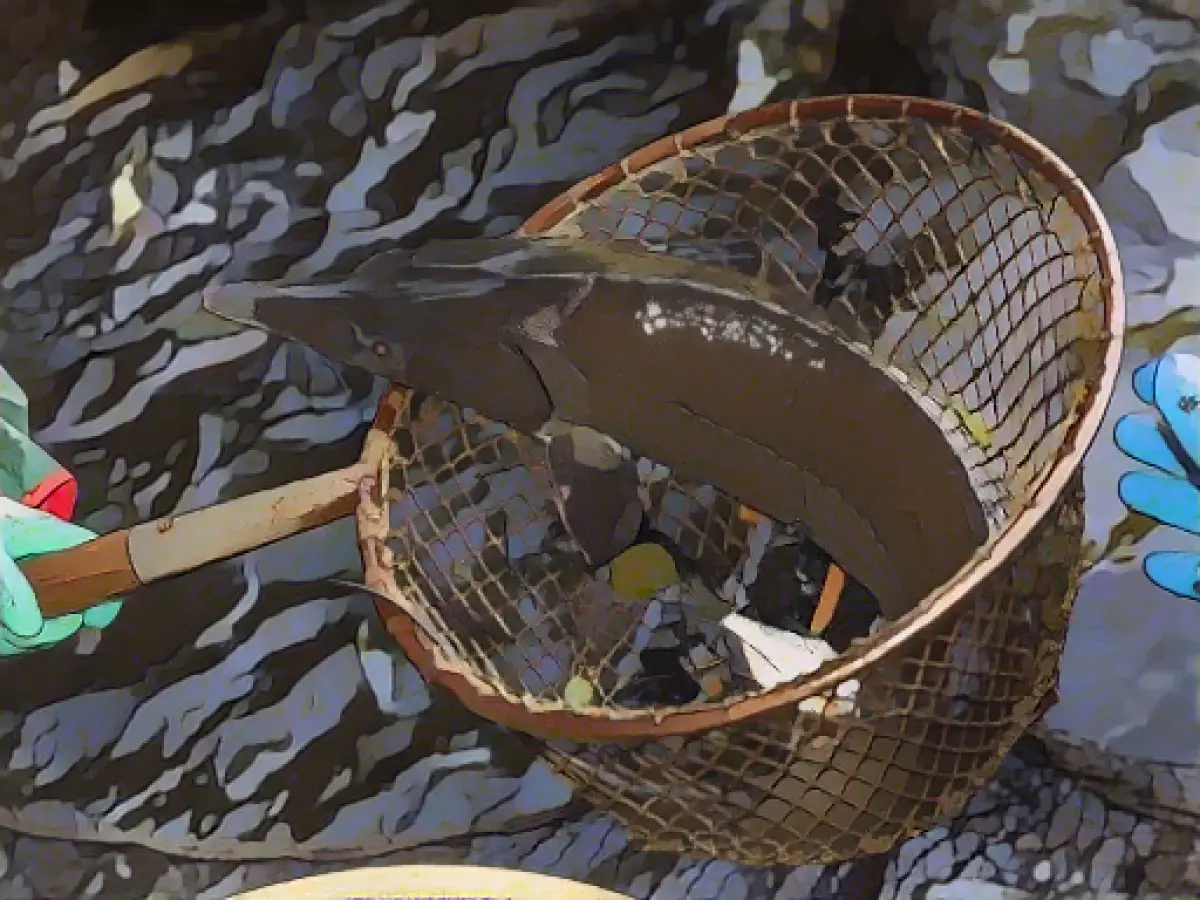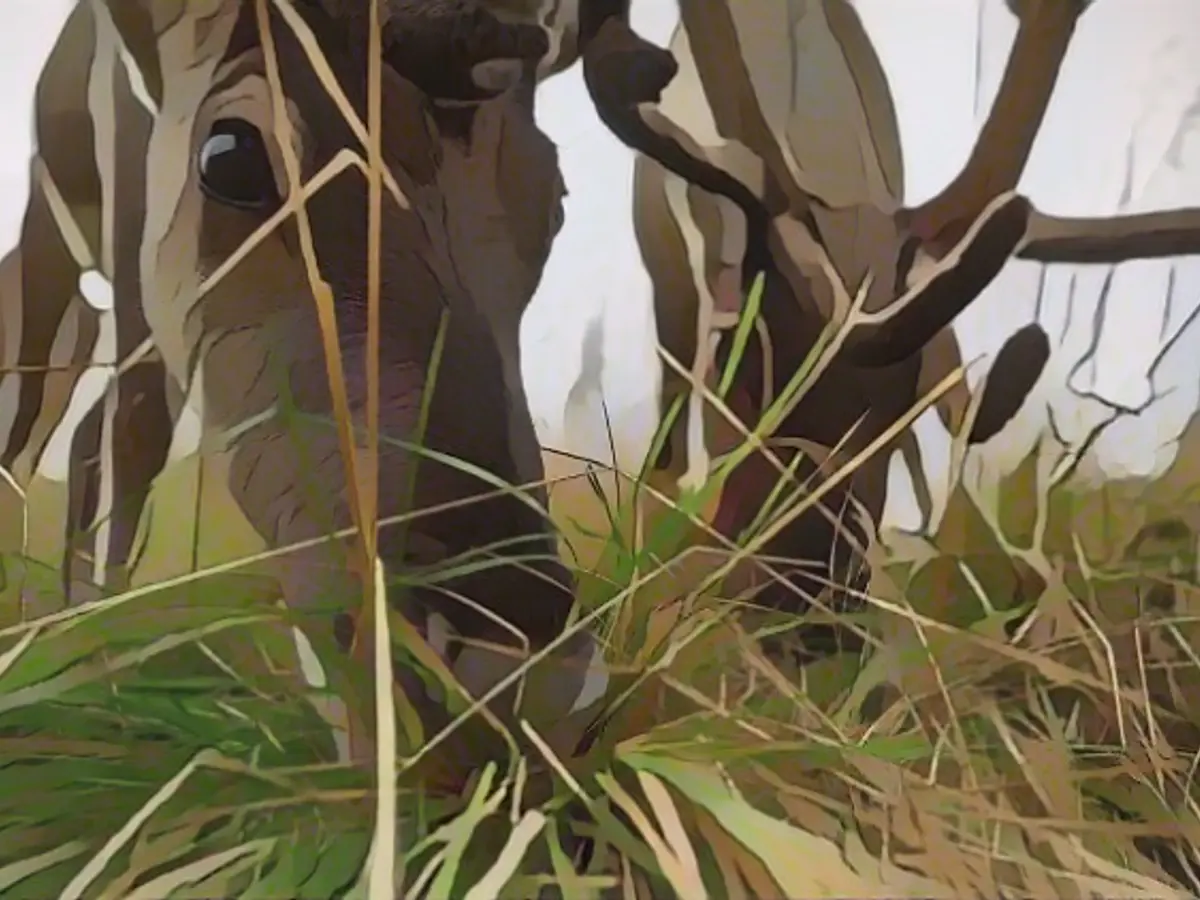The Persistent Problem of Illegal Caviar and Sturgeon Trade
Apparent measures to safeguard sturgeon in the Danube from poaching often seem inadequate. This is evident from a study that scrutinized close to 150 caviar and sturgeon meat samples, revealing that some of these products had an illegal origin.
According to a team led by Arne Ludwig from the Leibniz Institute for Zoo and Wildlife Research in Berlin, the high intensity of poaching jeopardizes any conservation efforts. They went on to argue that urgent improvements are needed in the trade of caviar and sturgeon to ensure their future.
Caviar is derived from the eggs of various sturgeon species, primarily caught in the Black Sea and Caspian Sea. The high price and continuing demand have pushed most of these species to the brink of extinction. Caviar is generally obtained by slaying the sturgeons.
The study, published in "Current Biology," discovered that illegally sourced products were being traded in all four countries—Bulgaria, Romania, Serbia, and Ukraine—that were studied. A significant 21% of all caviar and sturgeon meat samples contained wild sturgeon. Moreover, around 11% of these samples violated existing rules, such as misstating the sturgeon species or country of origin for caviar. About a third were categorized as consumer deception.
In developing countries, poaching and illegal wildlife trade are often perceived as predominant issues. However, the results proved that a substantial proportion of poached sturgeon products hailed from EU and candidate countries.
Moreover, some of the products were misrepresented as wild products, although they originated from aquaculture. The study therefore indicated that there continues to be a demand for products made from wild sturgeon. This encourages poaching and reveals that consumers are yet to fully embrace products from aquaculture as an adequate substitute.
In certain cases, the investigations revealed that no trace of the fish could be found in alleged sturgeon products. Sturgeon fishing is forbidden in the Danube due to the endangered stocks, considering each individual plays a vital role in their survival. Since 1998, all sturgeon species have been protected by CITES, and an international labeling system for caviar products has been in place since 2000 to combat illegal trade.
However, the study suggested that the controls and labeling system may be threatened by the sale of caviar that violates CITES and EU obligations. Co-author Jutta Jahrl, the manager of a sturgeon protection project at WWF Austria, stated that the team deems the results "alarming."
Enrichment Insights
While measures to prevent the illegal trade of sturgeon and caviar, particularly in the EU and candidate countries, are multifaceted, they face ongoing challenges. Here's how these measures work, their limitations, and their impact on conservation efforts:
- International Agreements and National Laws: International agreements such as CITES and the Bern Convention regulate the international and national trade of sturgeon and caviar, aiming to protect endangered species and deter illegal trade.
- Enforcement Operations: Transnational operations, like Operation Thunder, coordinated by INTERPOL and the World Customs Organization, involve multiple countries, aiming to disrupt wildlife and forest crimes. In Canada, such operations led to the identification of violations and the seizure of numerous items containing regulated plants and animals.
- Conservation Initiatives: Efforts like habitat restoration, protected areas, and fishing restrictions help reduce pressure on wild sturgeon populations. Public awareness campaigns encourage responsible behavior and support for conservation efforts.
However, challenges remain in ensuring effectiveness and balancing economic interests with conservation goals. The high demand for caviar, the lack of enforcement, and the need for sustainable alternatives are critical issues. Effectively implementing these measures will contribute to the long-term conservation of sturgeon species.






